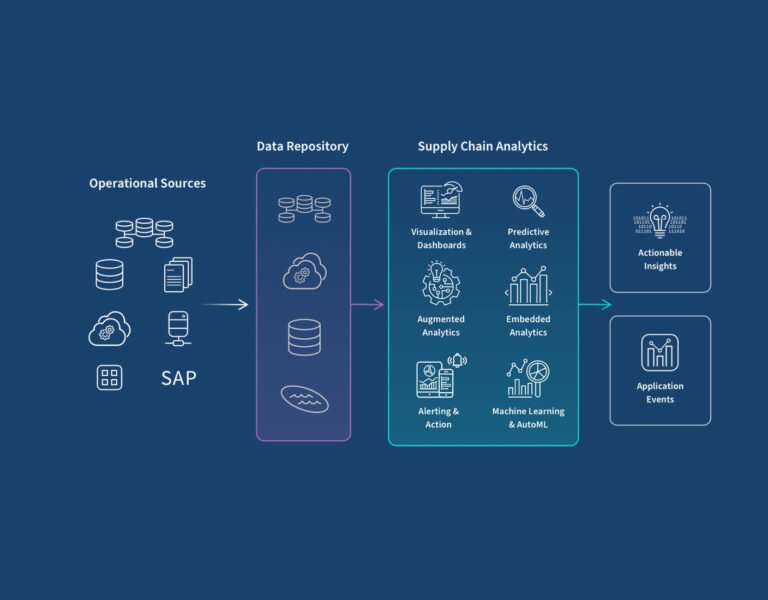Extending the Life of Your Industrial Conveyor Systems
Efficient and well-maintained conveyor systems are integral to the smooth operation of any industrial environment. Not only do they enhance productivity by ensuring a continuous movement of goods, but they also play a crucial role in minimising downtime, thus directly influencing the profitability of an enterprise. That said, the life expectancy of conveyor systems is largely dependent on regular maintenance and timely repairs. In this article, we will discuss strategies for effectively extending the life of your industrial conveyor systems.
Regular Inspection Is Key
Meticulous and regular inspections form the backbone of proactive maintenance strategies. It is essential for industrial operators to institute routine check-ups to identify potential problems before they escalate. This involves visual inspections for wear and tear, listening for unusual noises, and monitoring for vibrations that could suggest misalignment or other issues. By catching and addressing these signs early, operators can prevent small concerns from becoming major failures.
Maintain Cleanliness
An often-underestimated aspect of prolonging the lifespan of a conveyor system is cleanliness. Dust, debris, and spilled material can accumulate on conveyors, which might lead to the abrasion of belts and corrosion of mechanical components. Frequent cleaning to remove these contaminants is necessary to protect equipment materials and ensure smooth operations.
Proper Lubrication and Tensioning
Lubrication is essential for the proper functioning of moving parts within conveyor systems. Regular application of the correct type of lubricants can prevent friction, heat build-up, and wear, thereby extending the life of the moving parts. Furthermore, ensuring that the conveyor belt is properly tensioned is crucial to avoid unnecessary stress on the belt and the motors, preventing premature wear.
Upgrade Components Prudently
Technology is constantly evolving, and so are the components that make up conveyor systems. Investing in modern, high-quality parts can enhance performance and longevity. Upgrades may include retrofitting legacy systems with advanced belts, motors, or control systems designed to be more efficient and durable than their predecessors.
Provide Adequate Training
Operating staff should be thoroughly trained not only in the operations of the conveyor system but also in its maintenance requirements. Skilled personnel will be better equipped to detect abnormalities, execute proper cleaning techniques, and take preventive measures that avoid undue stress on the system.
Tackling Repairs Without Delay
When an issue necessitates repair, it should be dealt with immediately. Postponing industrial conveyor repair can lead to a cascade of problems that could force a complete shutdown of operations. Timely intervention is the most cost-effective approach to conveyor maintenance.
Select the Right Conveyor System
It all starts with the right system. Selection of the wrong type of conveyor for a given application may lead to excessive wear and tear, frequent breakdowns, and a shorter useful life. It is important to choose conveyors that are designed to handle the specific type of material and operational load of your facility.
Implement a Comprehensive Maintenance Program
A comprehensive maintenance program is indispensable. Such a program should be well-documented, specifying schedules for inspections, cleaning, lubrication, parts replacement, and general system assessments. This programme also enables tracking the history of conveyors for analysing trends that may signal the need for attention.
Environmental Considerations
The operating environment can greatly impact the longevity of conveyor systems. For instance, systems functioning in extremely hot, cold, or corrosive environments will require special consideration and more frequent maintenance. Steps should be taken to minimise the impact of environmental conditions wherever possible.
Incorporate Monitoring Technology
Technology solutions like sensors and monitoring software can provide invaluable real-time data about the health of conveyor systems. This data can predict potential failures, allowing for preemptive maintenance that avoids breakdowns and extends the system’s service life.
Keep Spare Parts Handy
Downtime can be significantly reduced if spare parts are readily available. This enables prompt replacements and repairs, which is crucial in maintaining the continuous operation of conveyor systems. Stocking critical spares based on historical usage patterns can be very beneficial.
Partnering with Conveyance System Experts
Professional advice and support play a vital role in the longevity of industrial conveyor systems. Partnering with conveyance system experts provides access to specialised knowledge and guidance in both the design and the ongoing maintenance of the system.
Adapt and Innovate
Adaptability is crucial in prolonging conveyor system life. As operational requirements evolve and change, the conveyor system should be re-evaluated and adapted accordingly. Innovations in conveyance can often be retrofitted or integrated into existing systems, providing longevity and increased efficiency.
Concluding Thoughts
Maintaining the health of your conveyor systems is not just about fixing what’s broken; it is about preventing issues that can lead to breakdowns. This proactive approach to industrial conveyor repair and maintenance ensures that your conveyance solutions remain reliable and effective for as long as possible. By implementing the strategies discussed, businesses can expect a significant extension to the life and performance of their industrial conveyor systems, resulting in enhanced efficiency and productivity within their operations.




